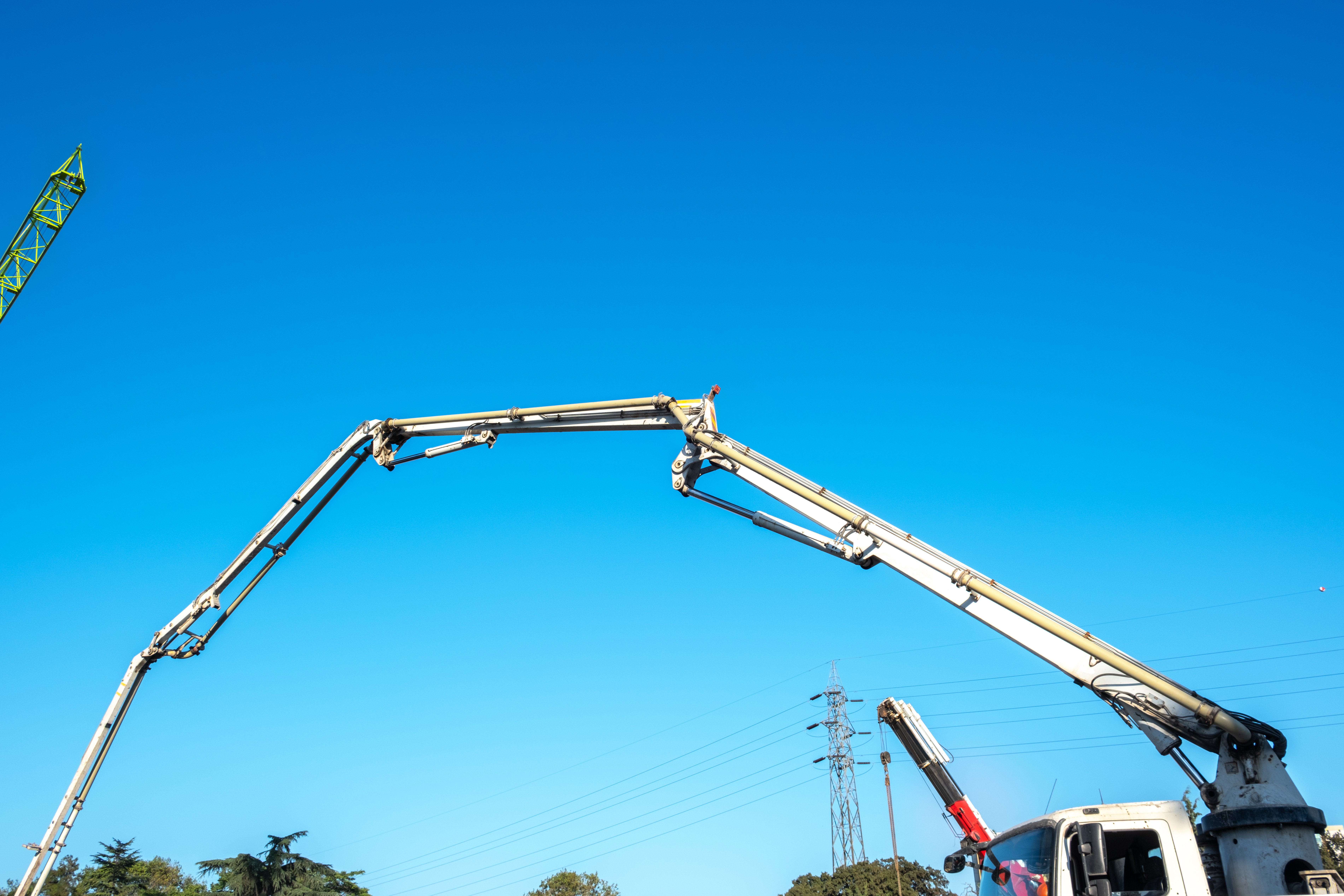Data Is Critical for the Future of Construction
A recent study shows that real-time visibility and access to critical data and insights are vital for rapid construction decision-making. Notably, inaccurate and missing data cost the industry almost $2 trillion in 2020. Even more surprising, construction companies often don’t know if they’ve made or lost money until the job is complete or if they’re on schedule until they start falling behind. These findings portray an important reality for the industry: Construction needs to establish and optimize data strategies to ensure it has the visibility control, and transparency needed to improve efficiency and productivity on projects.

Luckily, while historically slow to change, the construction industry has begun to adopt technologies that help firms improve efficiency and productivity on projects. With this technology, concrete producers and contractors can establish and optimize data strategies to ensure they have visibility, control, and transparency.
Embracing data is a game changer as the industry continues to expand. In fact, the above-referenced report from Autodesk and FMI found that the construction companies using data technologies and strategies saw fewer project delays, less rework, and fewer change orders.
The Power Of Data For Decision-Making
Without data, decisions are made based on instinct or gut feeling, which means the result may not be in line with objectives or goals for a given project as progress may be delayed or impacted. It’s critical that teams have good data to make these critical decisions and ensure that their team is aligned on needs and next steps.
For companies ready to take stock of current data and invest in strategies, start by asking the following questions:
• How do we collect relevant data?
• If we’re making decisions with data, how complete is it?
• Are we able to make the right decisions based on the available data?
• Is the data accurate and timely?
Based on responses to the above, teams can begin to identify where they need to rethink their current strategies and to identify gaps in data collection.
How Does ‘Bad’ Data Occur

Companies with “bad” data, may be asking themselves how they got here. The answer is manual processes—a common obstacle for the construction industry.
As mentioned, historically, data has been inaccurate or entered too late to be useful. Anecdotally, some teams enter data into their database only once per week, which means it’s not timely and most likely paints an incomplete picture because they’ve forgotten things or simply can’t enter data to 100% accuracy.
However, new best practices are emerging that make data capture seamless and straightforward.
Finding A New Way With Data
Teams are beginning to put new processes into place that make data capture a part of everyday work, meaning entry is not something extra that teams are doing but something they’re automatically accomplishing while doing daily work. This includes using technology that collects data continuously while the company continues working and communicates in real-time with the team. This high-quality data can then be used to improve operations.
Having access to data is especially important for offsite production. Because 30% to 50% of the job is completed in the factory, teams need real-time access to data from the factory and the jobsite to ensure their manufacturing schedule is accurate and on time.
Critically, this best practice also makes it easier to involve stakeholders across the entire lifecycle of a project to ensure completeness of data, meaning everyone works in the same platform, which becomes the single source of truth.
All of this helps better inform decision-making. Teams can start every project by looking at previous projects that are similar in scope and determining what worked and could have been better, enabling a culture of continuous improvement.
Notably, insights from previous projects are helpful across the entire building project lifecycle. During bidding, the data can help teams accurately estimate the cost and timing for a project. They can also identify issues based on patterns before they become obstacles. All in all, high-quality data helps teams evaluate where problems lie and how to avoid or solve them in advance.
Identifying The Path To Better Data

For teams looking to improve their data capture processes, here are a few key steps they can take:
• Identify the data the team already has and what might be easy to capture with existing tools.
• Leverage a cloud-based platform that captures data in real-time as work is being completed.
• Integrate additional streams of data into an analytics platform with real-time dashboards.
• Eventually, add a machine learning algorithm that helps interpret the data.
Once teams begin to establish the correct data, framework, and processes, they can further establish a culture of continuous improvement.
When it comes to prefabrication, this means having real-time access to current inventory to see what materials might need to be ordered and enabling accurate production scheduling to meet the jobsite needs. This gives everyone in the company—from design, detailing and production to quality, logistics, and jobsite teams—insight into what’s being manufactured and delivered and when.
Project-based construction teams can also leverage real-time links between project schedules, submittal approvals and delivery lead times, providing visibility and control of scheduled deliveries to the jobsite. This means teams can easily manage their submittal approval process and subcontractor deliverables to meet project schedules.
The adoption of digital technology will help companies recognize the benefits they’ve been missing: reduced labor costs, waste reduction, workflow optimization, and more. High-quality data can help companies improve their operations and decision-making leading to increased profits and enhanced reputation.
Link to original article



